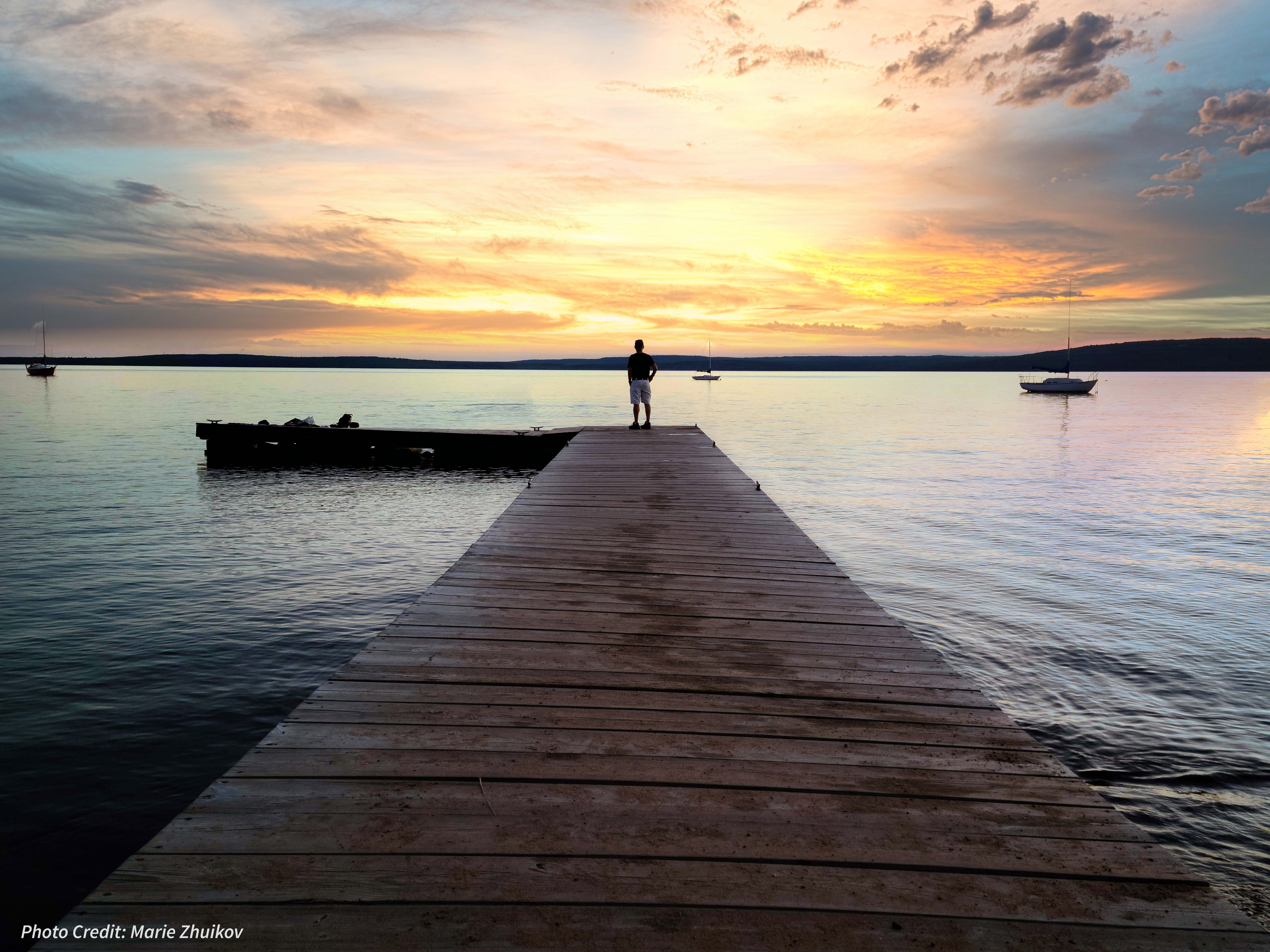States / Wisconsin
Wisconsin
Coastal Management
The focus is on managing coastal areas to increase resilience, with an emphasis on balancing environmental, economic, and human wellbeing. Mandated by the Coastal Zone Management Act, the two federal programs designed for this task are the National Coastal Zone Management Program and the National Estuarine Research Reserve System. Programs are administered, on the federal side, by NOAA’s Office for Coastal Management, in partnership with the coastal states.

State Programs
Coastal Zone Management
Wisconsin Coastal Management Program. Since 1978, the program has worked cooperatively with state, local, and tribal government agencies and non-profit organizations to manage the ecological, economic, and aesthetic assets of Wisconsin's 15 coastal counties. The agency promotes a networked approach that balances the protection of coastal resources and sustainable economic development. Funding through this program also supports ongoing coastal planning, public outreach, restoration, and technical assistance to local governments.
National Estuarine Research Reserves
Lake Superior National Estuarine Research Reserve. Designated in 2010, the Lake Superior Research Reserve protects almost 17,000 acres in the northwestern corner of the state, at the confluence of the St. Louis River and Lake Superior, which is the largest and most pristine of the Great Lakes. Significant historical and cultural sites exist within and near the reserve, including Native American cultural sites and historical lumbering and shipping locations. The associated wetlands and boreal forest were identified as an area of continental significance, which means that many portions of the estuary remain relatively pristine. (See handout)
Impact Stories
Stories that showcase the recent work of this state's coastal management efforts.
- Planning Coastal Resiliency for the Community and Environment along the Fox River
- Accelerating Natural Flood Management in the Lake Superior Basin
- Creating a Resilient and Sustainable Valley Creek Corridor
- Gile Flowage Land Conservation Project
- Gibiskising Minis Azhe-dibinaweziwin
- Establishing Regional Restoration Visions and Identifying Projects within the Lake Superior Headwaters Sustainability Partnership Region
- Acquisition of 2,001 Acres Protects Wisconsin’s Sand River Headwaters
- Restoration Efforts for Great Lakes Shoreline
- Wade into Estuary Recreation at a Research Reserve
- NOAA Strengthens Resilience Before, During, and After Disasters
- Native Americans Play Critical Roles in Many NOAA Projects
- Officials and Tribal Groups Restore Wisconsin Point
Additional Resources
*Fast Fact Sources:
People: American Community Survey Five-Year Estimates
Beaches and Estuaries: Shoreline Mileage of the United States
Employment and Economy:
Marine Economy for the Coastal U.S. States
Marine Economy for the U.S. Territories